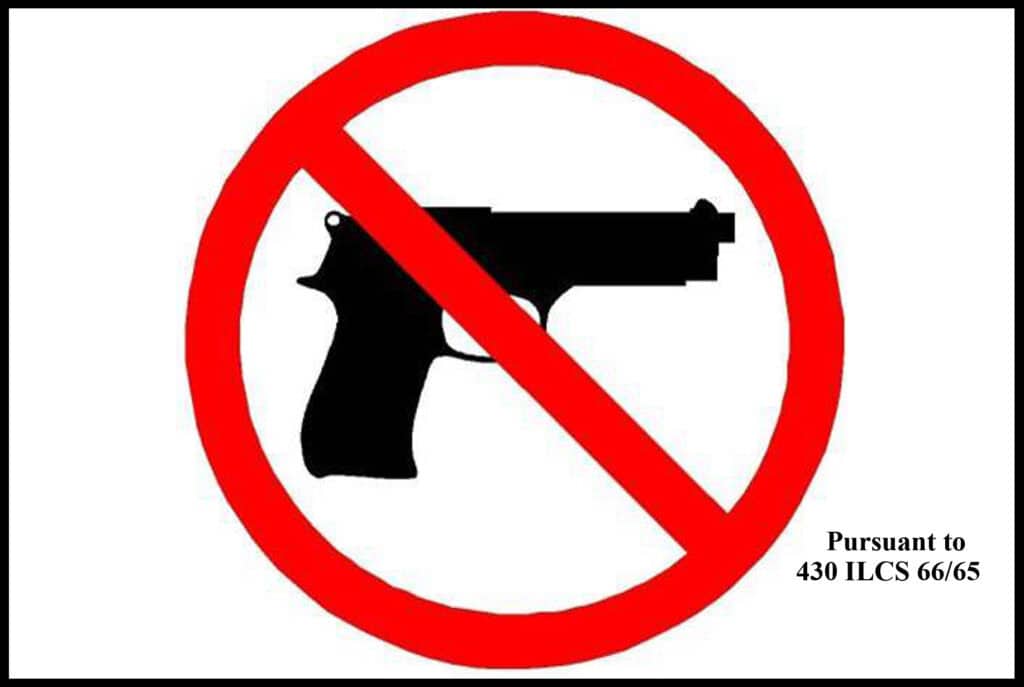Introduction
Welcome back, everyone. I’m Joe Malone, your host for the Lethal Lifestyle Podcast, proudly brought to you by The Lethality University. Today, we’re diving into a hot-button issue: gun-free zones. These areas are designated as places where firearms are prohibited, but do they really keep us safer?
What Are Gun-Free Zones?
Gun-free zones are areas where the carrying of firearms, either openly or concealed, is prohibited by law. In Illinois, for example, you can’t carry a concealed firearm at public events, like a farmer’s market, because they are considered public places with children around. The idea is to reduce the risk of violence in these areas, but the effectiveness of such laws is highly debated.
The Reality of Gun-Free Zones
Over the weekend, I visited a farmer’s market with my family, a gun-free zone by law. The experience prompted me to reflect on the safety and practicality of these zones. Statistically, places where guns are prohibited often become targets for those intending to cause harm, as there is less chance of encountering armed resistance.
Personal Experience
As a Special Operations Marine with multiple combat deployments, I can confidently say that I am more proficient with firearms than most police officers. My training and experience make me a valuable asset in any public safety scenario. Yet, even with my background, the law restricts me from carrying a firearm in these so-called safe zones.
Should You Carry in Gun-Free Zones?
Let’s be clear: I do not advocate breaking the law. However, I have often found myself weighing the legal risks against the potential need to protect my family. If you’re considering carrying a weapon in a gun-free zone, here are a few critical questions to ask yourself:
- Competence with Your Weapon: Have you taken multiple training courses beyond the basic concealed carry class? Are you proficient in handling high-stress situations?
- Legal Repercussions: What are the potential legal consequences if you’re caught carrying a firearm in a prohibited area? In many places, it’s a misdemeanor, but penalties can vary.
- Benefit to Public Safety: Are you confident that you can effectively respond to a threat without endangering innocent bystanders?
Testing Your Skills
To determine your readiness, consider these drills:
- Bill Drill: Six shots on target at ten yards within a defined space.
- Hostage Rescue Drill: Single shot to the target’s face at seven yards within 1.5 seconds.
- Elijah Dickens Drill: Eleven shots at 40 yards, with at least eight hitting the body modification target.
These exercises can help you gauge your proficiency and confidence with your firearm.
Staying Sharp
Carrying a firearm should never become so routine that you forget it’s there. Always stay mentally sharp and aware of your weapon, especially in areas where carrying is prohibited. I learned this the hard way when I accidentally carried my gun into an airport, resulting in arrest. Although charges were dropped, the experience underscored the importance of vigilance.
Conclusion
Gun-free zones are intended to enhance public safety, but they often create environments where law-abiding citizens are left vulnerable. While I don’t condone breaking the law, I encourage everyone to evaluate their own readiness and the effectiveness of these zones critically. For those serious about self-defense, continuous training is essential.
If you want to learn more about keeping yourself and your loved ones safe, join The Lethality University. We cover everything from home defense to public safety and beyond. Visit JM Training to get started and stay tuned for more from the Lethal Lifestyle Podcast.
Remember, it’s about being prepared, not paranoid. Stay Lethal My Friends,
Joe Malone



Thanks, you are right on
Much appreciation in checking out our library!